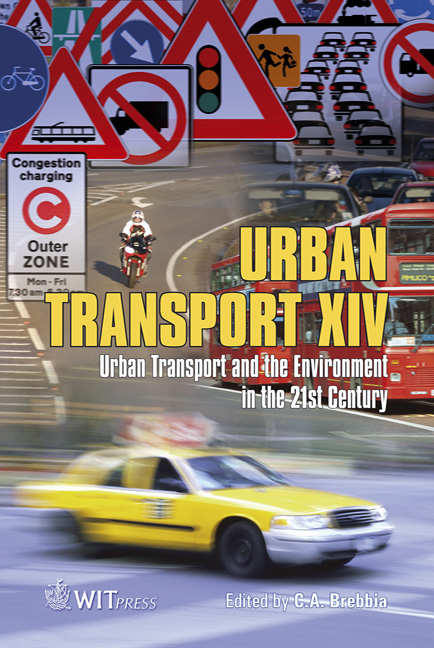Testing Methods For Exhaust Toxic Emissions From Vehicles In Poland
Price
Free (open access)
Transaction
Volume
101
Pages
10
Page Range
335 - 344
Published
2008
Size
739 kb
Paper DOI
10.2495/UT080331
Copyright
WIT Press
Author(s)
J. Merkisz & W. Gis
Abstract
This paper presents regulations and testing methods of exhaust emissions of toxic components from vehicles particularly with respect to testing methods under real traffic conditions. The testing methods in Poland refer to American methodology, which is the most advanced in terms of technology. The paper presents comparative tests of the exhaust emission of toxic components (CO, CO2, THC, NOx) from engines on a test bed with the use of modern testing apparatus for the examinations of emissions under real traffic conditions (on-vehicle testing). Keywords: real traffic conditions, emissions. 1 European regulations and testing methods In Europe, legal regulations determine emission values of the exhaust toxic components: carbon monoxide CO, unburned hydrocarbons HC and hydrocarbons released through evaporation (VOC – Volatile Organic Compound), nitrogen oxides NOx, and also PM released with the exhaust gases. The emission of harmful substances from vehicles is tested on the chassis dynamometer and sole combustion engines on engine test beds. Due to the high cost of the test equipment and complexity of the tests, it is possible to use one measuring system for both types of testing. Basic EU Directives and UN-ECE Regulations contain rules on conducting the aforementioned tests together with the regulations for the measuring equipment. In the beginning of 2005 in Europe a new set of regulations was introduced, concerning emissions from the M1 and N1 category vehicles. They are called Euro IV and Euro V. The test was done using the NEDC test (Fig. 1) [1–3].
Keywords
real traffic conditions, emissions.





